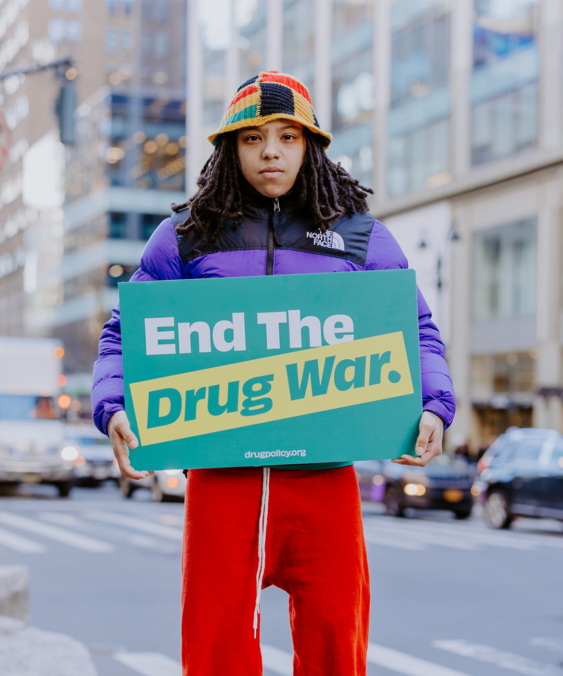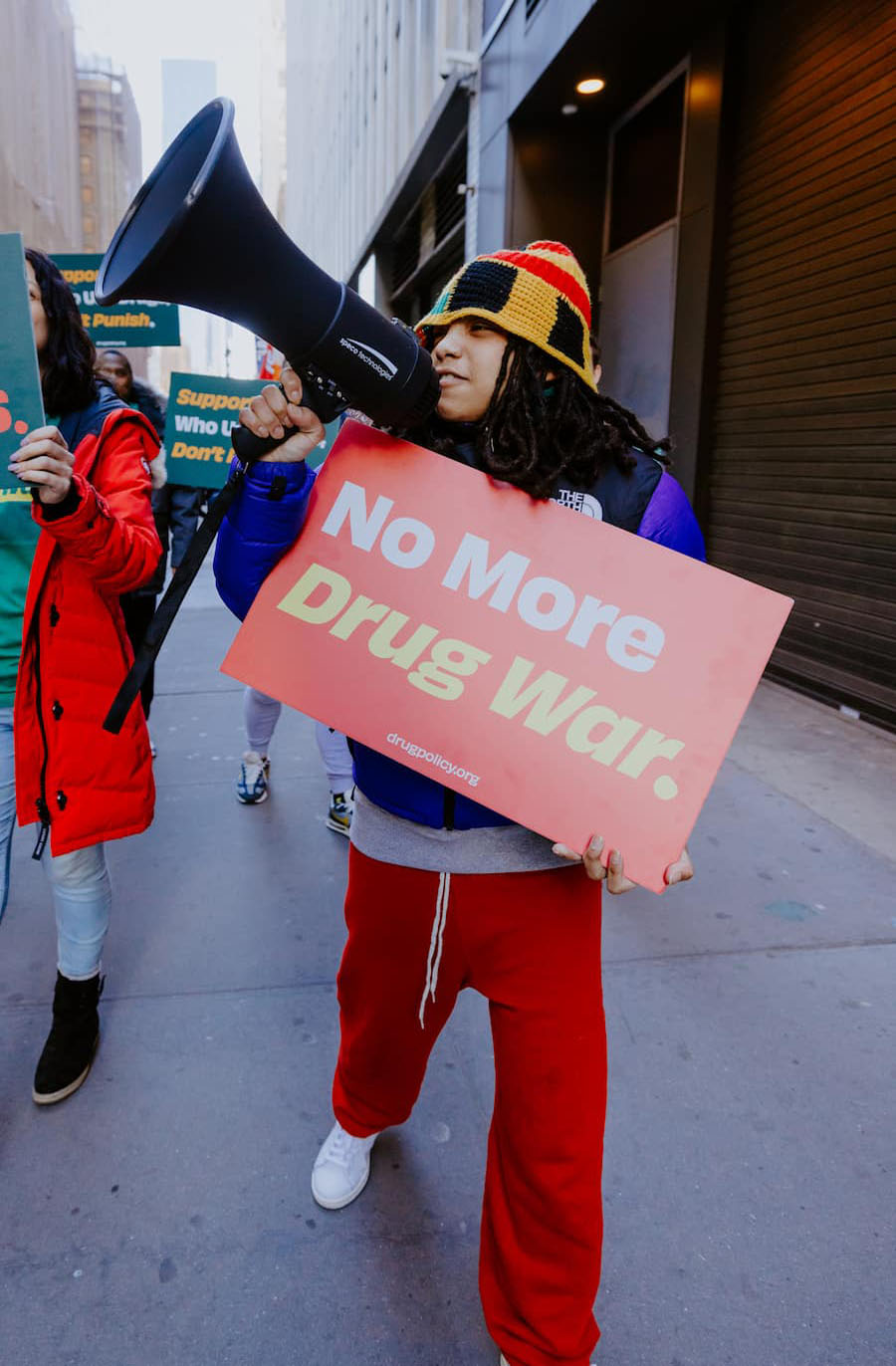
Contact:
Tony Newman, 646-335-5384
Melissa Moore, 646-470-2827
The New York State Assembly voted yesterday to pass a bill to seal marijuana convictions for individuals who have been unjustly and unconstitutionally arrested for simple possession of marijuana in public view (A.2142, the Marijuana Sealing Bill, sponsored by Assm. Crystal Peoples-Stokes–Buffalo). This is the third time the Assembly has passed this legislation, underscoring the chamber’s call for marijuana reform to center those who have been impacted by prohibition’s disproportionate enforcement.
The passage of this legislation comes at a time when marijuana reform and broader legalization is being regularly discussed by elected officials and candidates for elected office across the state, many of whom have spoken about and acknowledged the injustice that these arrests represent. Over the last 20 years, more than 800,000 New Yorkers have been arrested for simple possession of marijuana. Those convicted face significant barriers to accessing education, employment, housing opportunities, and other state services.
The Speaker of the Assembly, among others, called for the clearing of records to be a part of any discussion about legalization. The Governor, who earlier this year launched a study of marijuana legalization, has the ability to address this issue head on by following the lead of Vermont Governor Peter Shumlin and pardoning those who were arrested under the public view loophole—despite marijuana decriminalization in 1977.
“As New York moves forward to reform marijuana enforcement and study the beneficial outcomes of legalization for the state, it is imperative that any efforts to legalize marijuana for adult use also address the mass criminalization of communities of color that has come as a product of the enforcement of marijuana prohibition,” said Christopher Alexander, policy coordinator at the Drug Policy Alliance.
The Assembly also passed legislation that would add opioid use disorder to the list of qualifying conditions for the state’s medical marijuana program—an important step forward for patient access across New York (A.9016, sponsored by Assm. Daniel O’Donnell). This move is responsive to the current overdose crisis New York is experiencing and lack of effective patient access to medical marijuana. It has long been known that marijuana is an effective analgesic; moreover, there is some evidence to suggest that some people use marijuana to replace opioids. In states with medical marijuana laws research has shown decreased admissions for opioid-related treatment and dramatically reduced rates of opioid overdoses. There is a growing body of scientific literature suggesting the potential for marijuana to help reduce opioid withdrawal symptoms and therefore help ease patients away from opioid use.
Full marijuana legalization in New York for adults over 21 could be an additional important tool in combating the overdose crisis. Studies show a correlation between jurisdictions that have the most liberal legal framework for marijuana access (i.e., those that covered more conditions and created easier patient access) garnering the most significant benefit in reduced overdose deaths. A recent journal article suggests there are at least three major ways marijuana can play a role in reducing opioid use and misuse: as a treatment for chronic pain before turning to opioids; as part of an opioid reduction strategy for patients already using opioids; or in conjunction with methadone treatment to increase success rates.
“Studies have shown that patients see marijuana as a viable alternative to prescription opioid pain medication, with fewer side effects and lower potential for problematic use,” said Melissa Moore, New York Deputy Director, Drug Policy Alliance. “Clearly marijuana alone will not be the answer to America’s problem with opioid misuse and overdose deaths, but available evidence indicates that it should be used with other harm reduction strategies (such as expanding naloxone access, establishing safer consumption sites, and the decriminalizing all substance use) as part of a necessarily diverse and innovative approach to this combating this crisis.”

Election Day is around the corner… and we must be prepared to shape the national conversation about drugs. We need 250 donors to come forward before July 31!
